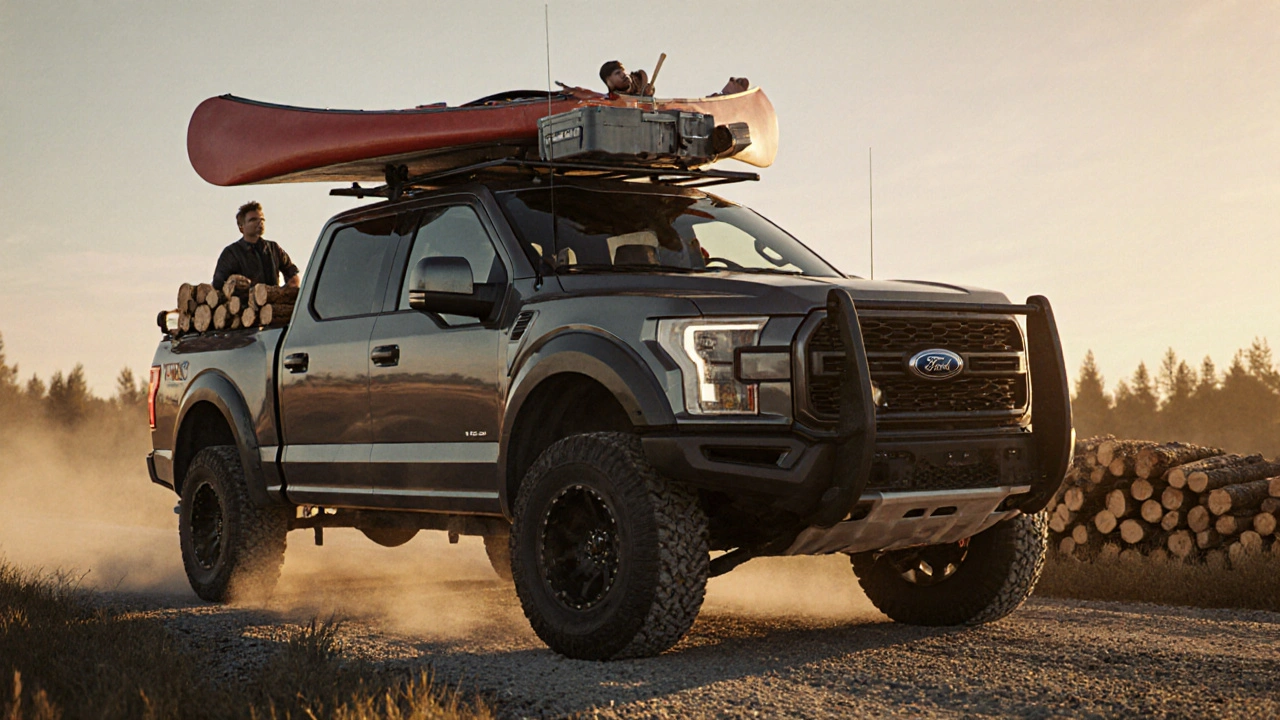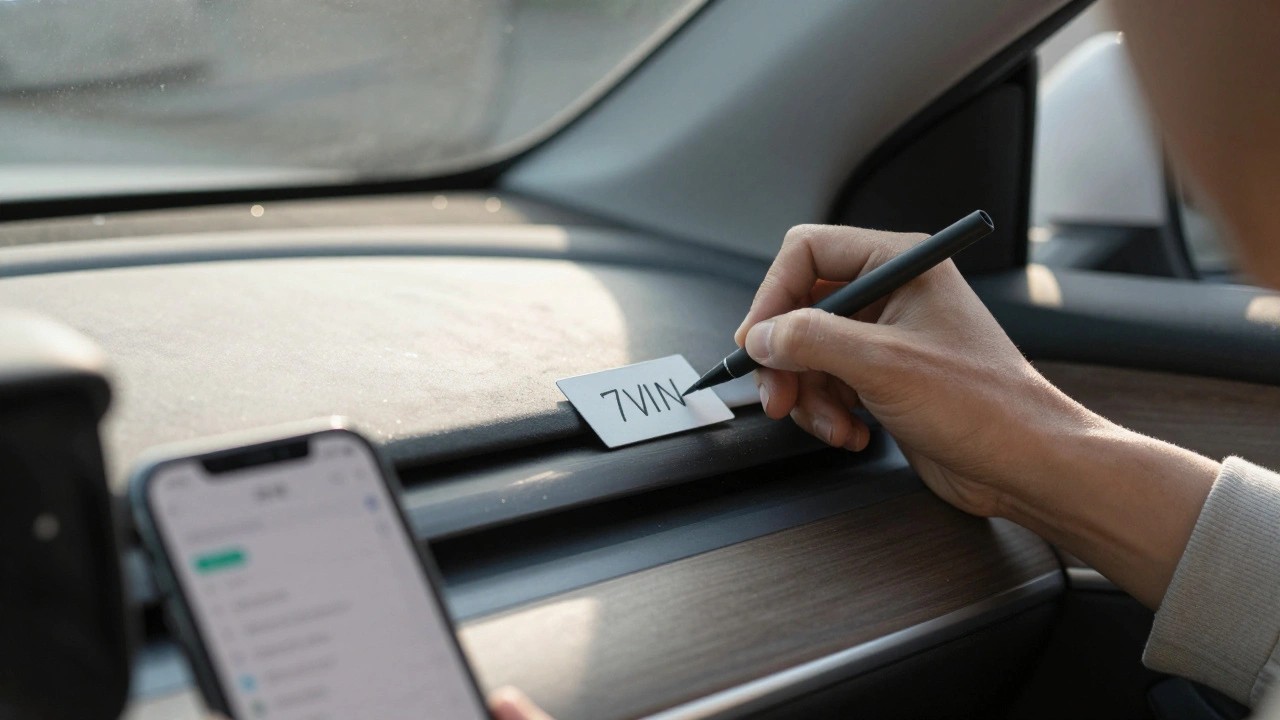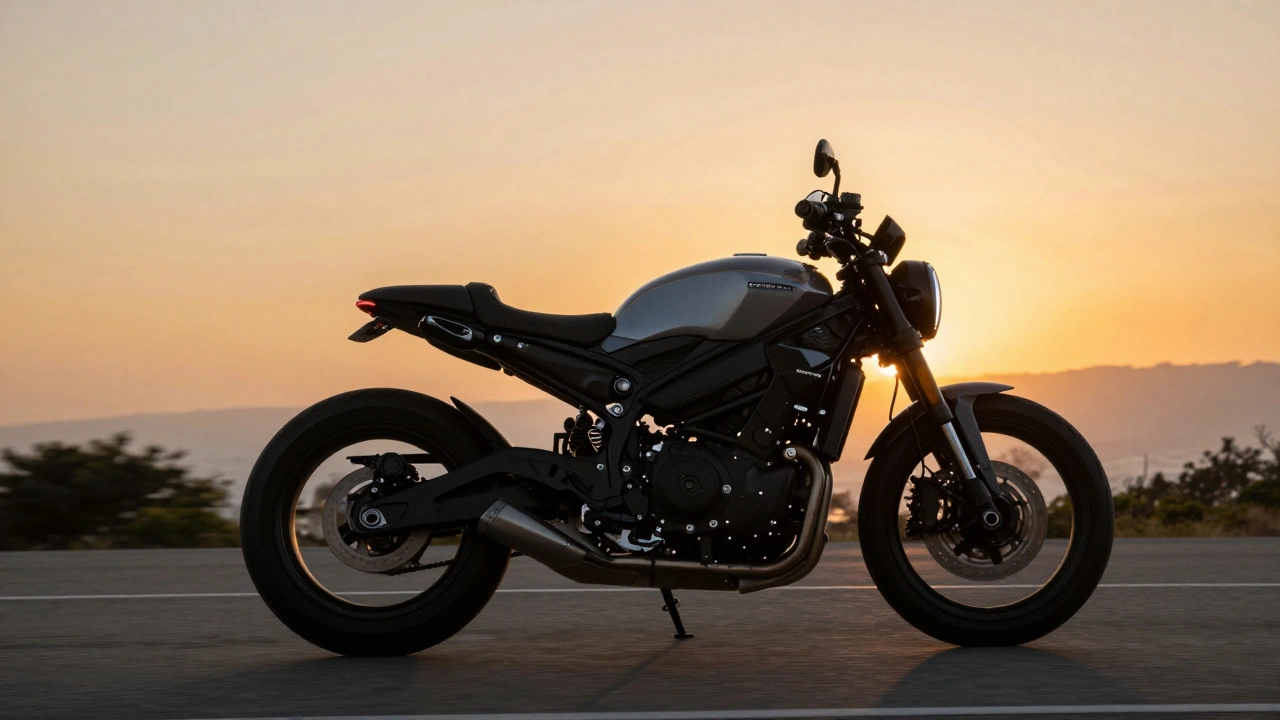Cargo Weight: What It Means for Your Vehicle and How to Get It Right
When you load up your vehicle with gear, tools, or supplies, you’re dealing with cargo weight, the total mass of everything you’re carrying in or on your vehicle that isn’t part of the vehicle’s structure or standard equipment. Also known as payload, it’s not just about how much stuff fits—it’s about what your vehicle can safely handle without risking brakes, suspension, or tires. Ignoring this number is like driving with a blindfold on. You might think your truck can haul a full pallet of bricks because it looks sturdy, but the real limit is written in your owner’s manual—and it’s often way lower than you expect.
Vehicle load capacity, the maximum weight your vehicle is engineered to carry, including passengers, fuel, and cargo isn’t just a number. It’s the balance between performance and safety. Too much cargo weight strains your suspension, makes steering harder, increases stopping distance, and can even cause tire blowouts. That’s why truck bed liners aren’t just for protecting your pickup’s floor—they’re part of a system designed to handle heavy, shifting loads. And if you’re towing, cargo weight affects how your trailer behaves on the road. Overloading doesn’t just hurt your car—it makes every other driver around you less safe.
Think about the posts you’ll find below. Some talk about how to pack a motorcycle for a long ride without tipping the scales. Others explain why truck bed liners help organize and secure cargo so it doesn’t slide around during braking. You’ll read about how EVs handle weight differently than gas cars, and why even SUVs have strict limits you can’t ignore. There’s even a guide on what to check during a new car delivery—because the dealer might not tell you if your cargo weight is already maxed out from factory-installed accessories.
You don’t need a degree in engineering to get this right. Just know your numbers. Look up your vehicle’s Gross Vehicle Weight Rating (GVWR) and subtract the weight of passengers and fuel. What’s left? That’s your cargo budget. And don’t guess—weigh your gear at a truck scale if you’re close to the limit. A few extra pounds might seem harmless, but when you’re going 70 mph on a curve or slamming the brakes in rain, those pounds turn into dangerous momentum. This isn’t about being perfect—it’s about being smart enough to avoid the breakdown, the ticket, or the crash that could’ve been prevented.

Payload Calculations for Pickup Trucks: Real-World Scenarios
- 15 Comments
- Oct, 5 2025
Learn how to calculate real-world payload for pickup trucks using actual weights, not manufacturer claims. Avoid overloading with practical tips and scenarios from daily use.




